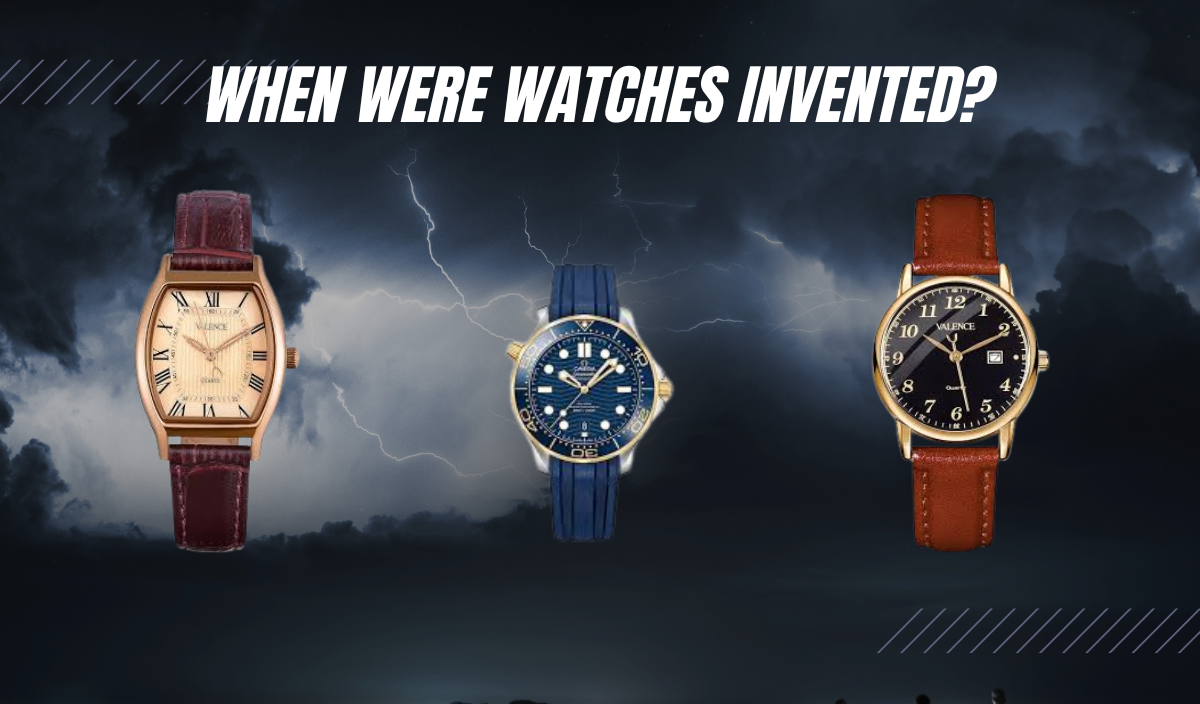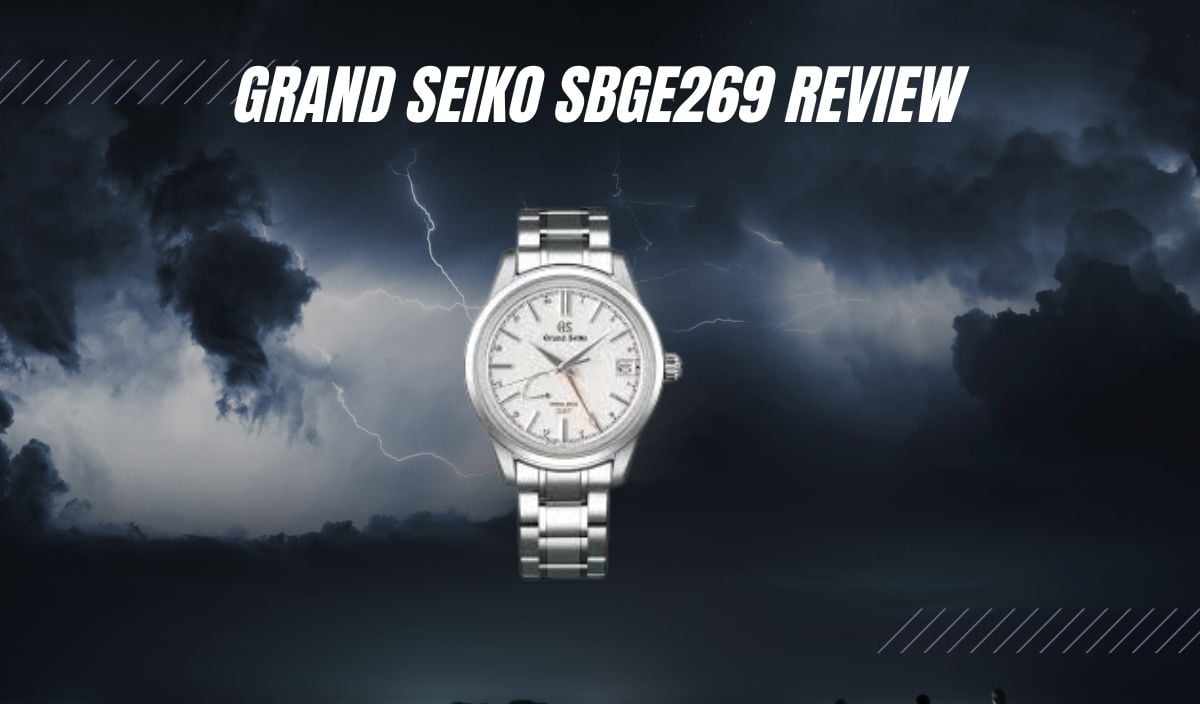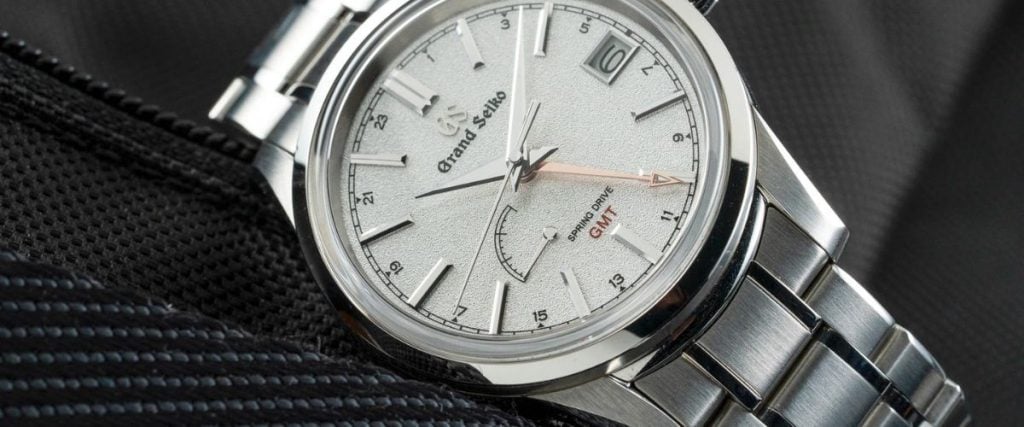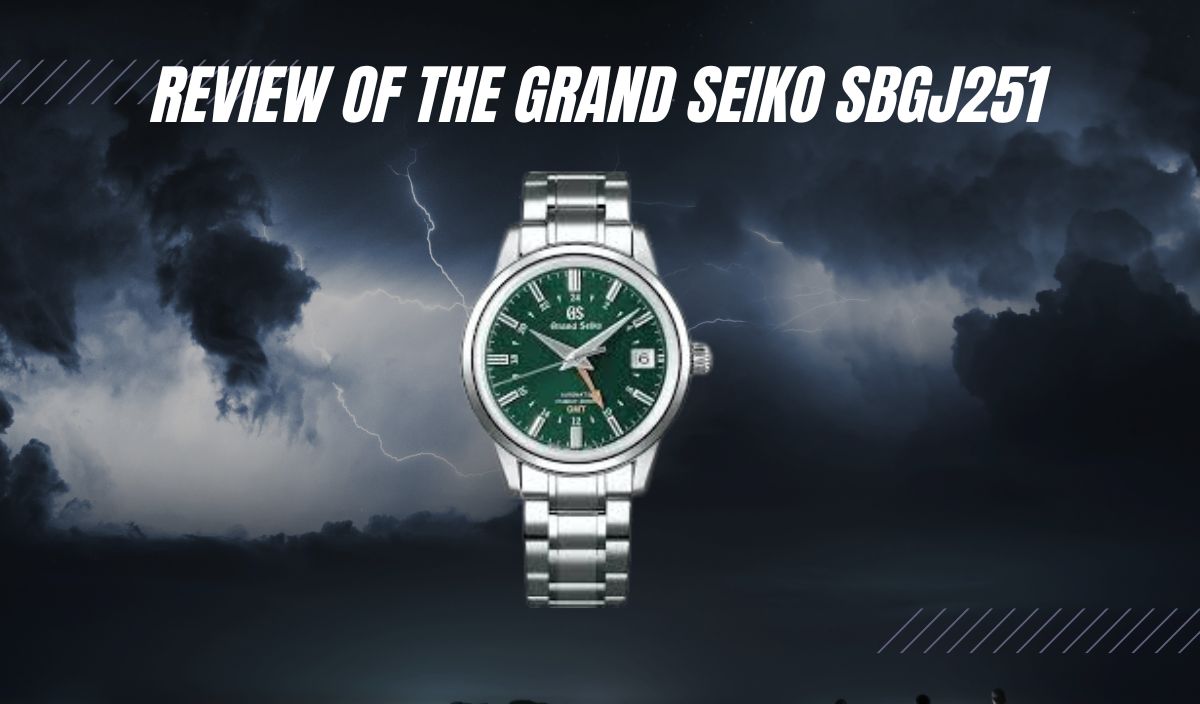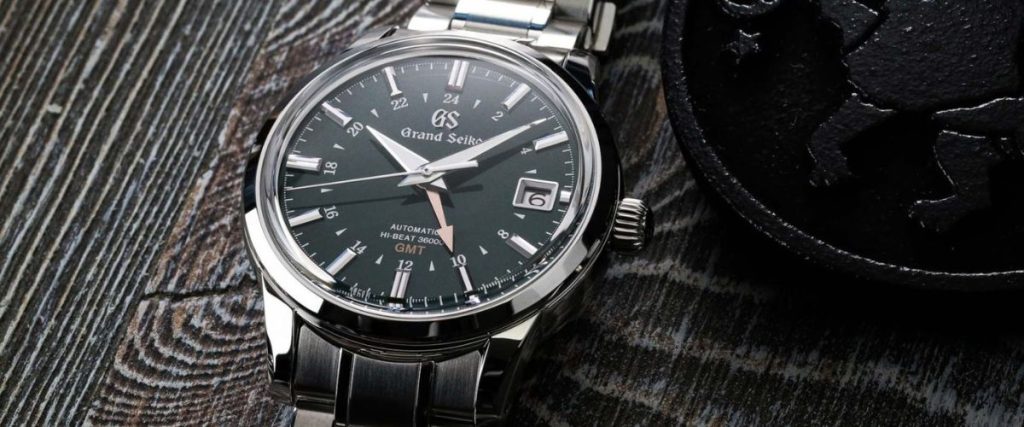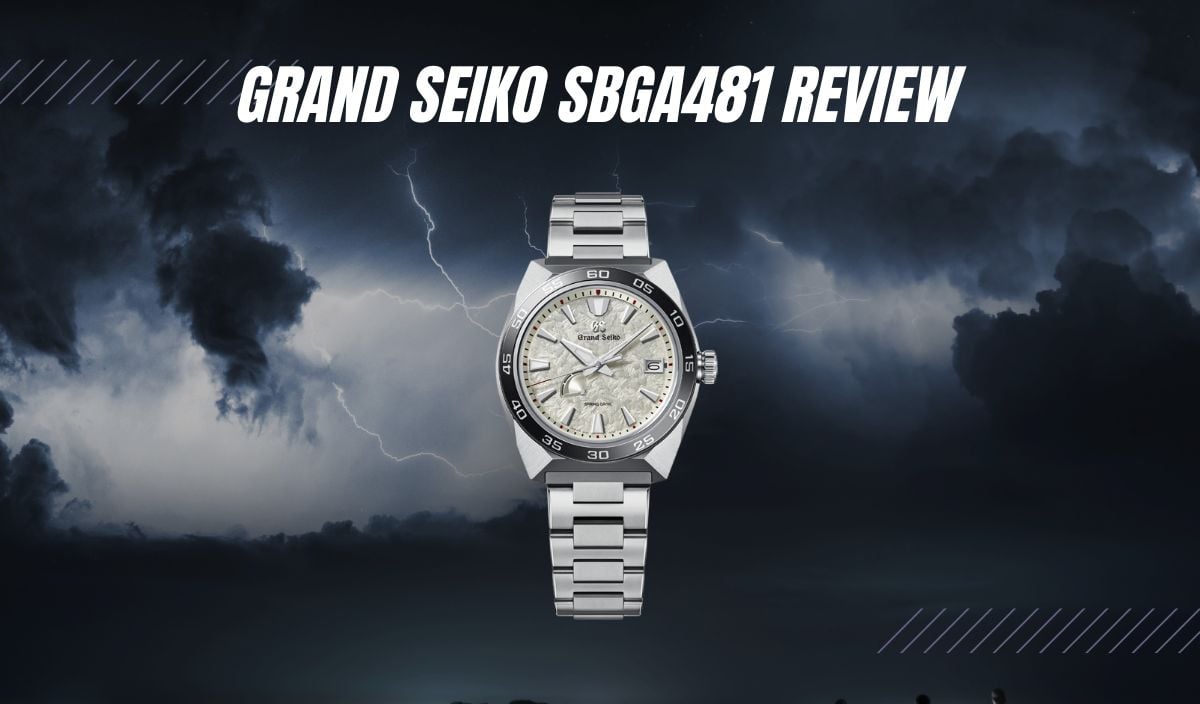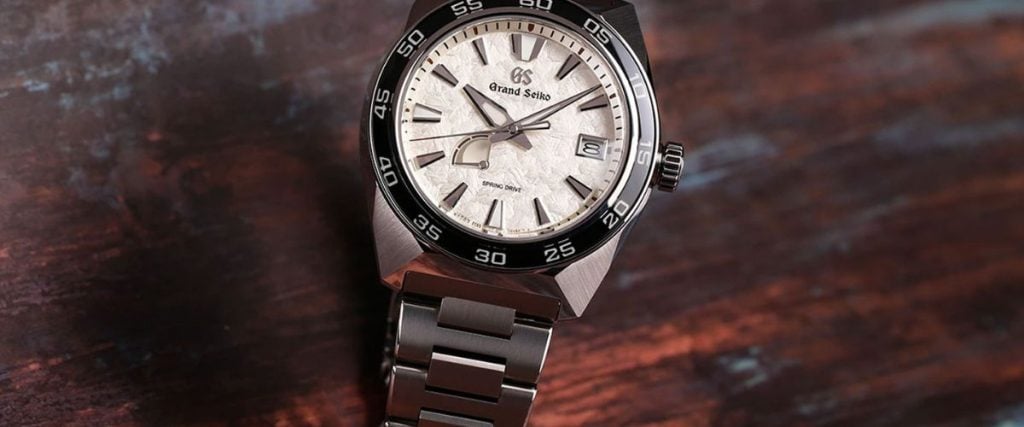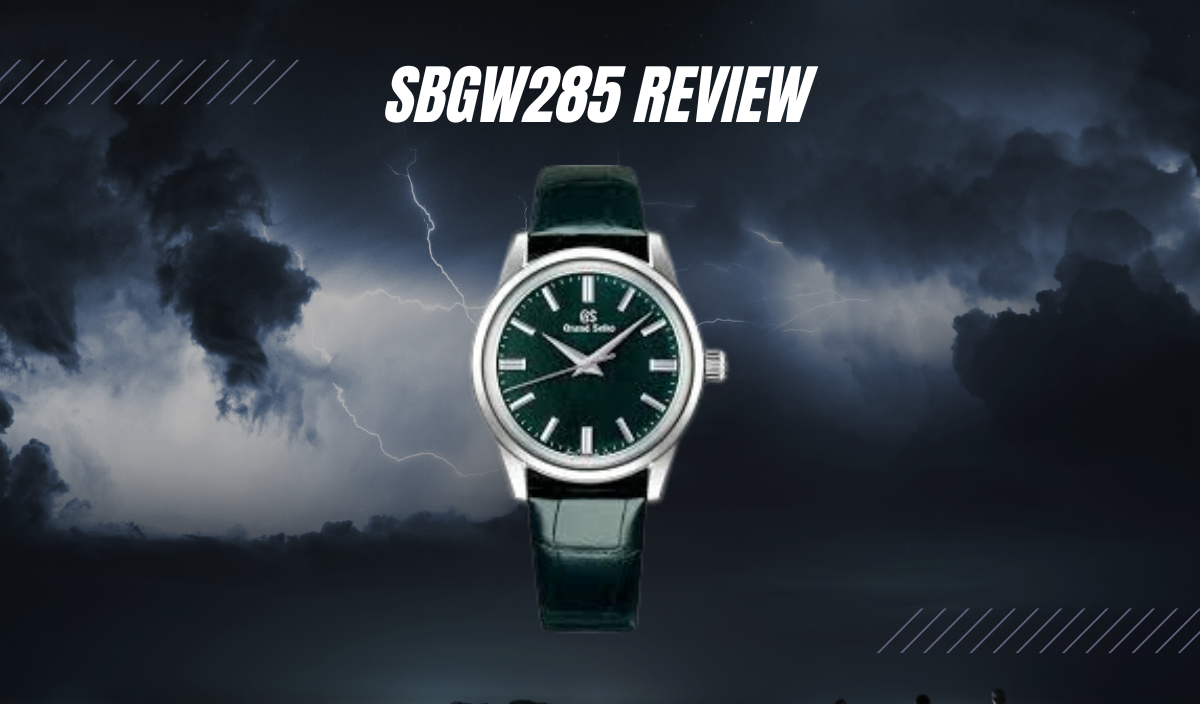
Attuning themselves to the authenticity of the changing seasons, Grand Seiko has made it their goal to speak with a voice that embodies the unwavering beauty of Japanese nature. Although the seasons may change, there is no reason we can’t celebrate the turning of the leaves and the chill of the air.
Grand Seiko extends an invitation to the autumn weather with the SBGW285, aka the Byōka, which is named–quite literally–after a period when the late summer months begin to shift into autumn. The aesthetic of this piece mimics that change of season. The deep, green dial that you will come to learn about references the end of summer, a time when Japan’s vegetation is at its ripest.
In Shigushuiki, where this watch was made, the summer is short, and the transition occurs at the end of August with early signs of autumn in the air. At this time, the leaves on the trees grow increasingly dark, which is what this style represents. The SBGW285 captures this change perfectly on your wrist, its favorable dark colors etching themselves in your mind so that every time you look down, you’re reminded of this beautiful time of the year.
While we explore the intricate mechanics and the unique style of luxury that shrouds this piece, we will learn all about its deep symbolism and significance to Japanese culture, putting into perspective just how much passion Seiko pours into every watch they create.
History
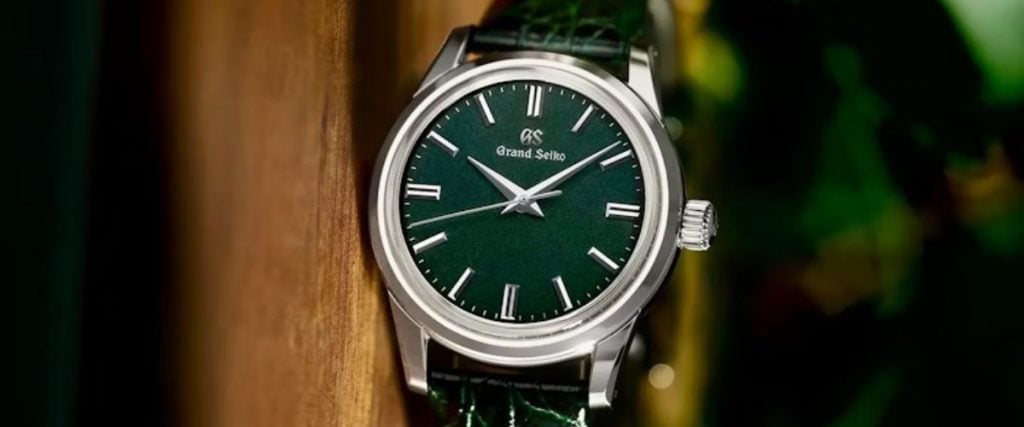
The Elegance Collection has the honor of being the home of the first-ever Grand Seiko timepiece. Since 1960, the company has been soaring, producing works of art that seemingly grow in quality with each release.
In 2022, the SBGW285 was a welcome addition to the elegance collection, joining the ranks of legendary pieces that serve as a foundation for the entire company.
Case
This vintage-style case will please those of you who prefer a smaller build, measuring in at a very compact 37.3mm diameter, 44.3mm lug-to-lug, and 11.7mm thickness. Taking inspiration from the original Grand Seiko watch from 1960, this stainless steel case is complete with mirror-polished finishing, giving the watch an authentic and elegant character that stays true to the company’s roots.
The lugs are arched, giving it a curvy texture that complements the rounded case profile. The push-pull crown jets out from the side of the case, only offering 30m of water resistance, which is acceptable given the dressier nature of the watch; you’re not going to be diving in swimming pools with it on. I would complain, however, that the crown is a little too bulky compared to the slim dimensions of the rest of the watch.
A see-through case back with 6 screws allows you to view the 9S64 manual winding movement, serving as the heart of the piece that powers each mechanical movement, giving it that flawless Grand Seiko feel. Sitting smooth and well-furnished, the shallow bezel resides below the elevated sapphire crystal, a beautiful, ascended double-dome that makes up most of the watch’s thickness.
The contrast between the sapphire crystal’s heightened, bubble-like features and the bezel’s subtler nature highlights the entire case, giving it a unique flare that immediately catches the eye.
With the majority of the thickness coming from the crystal, the rest of the case is given the privilege of being a little slimmer than we’re used to, which (depending on your taste) could be a make-or-break feature when choosing a luxury watch to purchase.
Dial
Fitting with the “end of summer” symbolism, the Byōka’s dial is a rich, dark green that can appear almost black under certain lighting conditions. As summertime comes to a close, the winds may begin to develop a chill, but the scenery around you is still green and full of life.
This dial embraces the change of seasons and displays what makes summer so beautiful. The dial is laced with a frosted texture pattern that blends nicely with the hand-finished indices’ polished surfaces. It is inspired by the Japanese kirazuri painting technique, which involves adding glittering mica flakes to print, resulting in a glittering dynamic surface.
The kirazuri texture is designed to invoke the feeling of dark green leaves that begin to fall at the end of summer. In my opinion, the frosted texture gives the appearance of some foreign exotic material, like a high-quality piece of leather, that gives the watch a look of its own.
When you combine that with the slender, stainless steel indices, it all makes for a luxurious recipe that immediately attracts the eye, not to mention the flawlessly crafted hands that round out the entire look, sweeping across the dial in an elegant motion.
The Grand Seiko logo is very shallow and subtle, not too distracting but adding another aesthetic layer to the dial. This piece lacks a date window, which–to some–encourages the undeniable beauty of a minimalistic look, while others will miss the practicality of always knowing the date with a glance at their wrist.
In my opinion, pieces like these that prioritize luxury greatly benefit from the entire “less is more” idea. Crowding a dial can sometimes harm a piece’s overall appearance, distracting us so much that we forget to embrace the beauty of the craftsmanship. The SBGW285 benefits from a minimalistic look, and the simple elegance of the dial breathes life into the entire piece.
Movement
The hand-wound movement is powered by the Caliber 9S64, another testimony to the undeniable simplicity this watch radiates. It’s very well-decorated and adjusted at six different points to ensure extreme accuracy, which puts it a step above COSC. With a mean daily rate of +5 to -3 seconds per day and a normal usage accuracy of +10 to -1 seconds per day, the six different positions of measurement guarantee that you are getting the most accurate reading possible.
The 72-hour power reserve makes this one of the most practical office watches. You can take it off to go home on the weekend, and it’ll still be the envy of all your coworkers on Monday morning when you put it back on. The see-through case-back allows for a satisfying view of the 9S64, allowing you to observe all its intricacy as it tirelessly works to provide a technologically sound experience, combining high-end technology with Seiko’s stand-out taste for perfect craftsmanship.
Manual movements are ideal for this style of watch, as they fit the simplistic tone that the SBGW285 aims to embody, but don’t get anything confused, while a manual movement may not compare to the powerhouse Spring Drive, the Caliber 9S64 packs a punch of its own incorporating genius precision that every Seiko watchmaker is equipped with.
Straps
The deep, forest-green alligator straps with a beautiful tight grain set this watch apart, giving it its unique look. Equipped with a glossy finish, the strap shimmers in the light and looks almost glazed, with an underlying style that is only revealed when exposed to certain lighting.
Again, incorporating the idea that summer is coming to an end, the richness of the straps accompany the fine-tuned dial and case, rounding out the piece in perfect symbolism. The calfskin leather on the bottom perfectly complements the dial and is one of the most comfortable options for wristwear.
Lightweight and smooth to the touch, it’s hardly noticeable on the wrist, and the pattern on the leather adds another layer of depth. The pin buckle with the vintage Grand Seiko logo is ideal for a vintage-inspired dress watch. While the drilled lugs make it easy to change straps, the 19mm lug width makes it difficult to find ones that will fit.
But one of the watch’s most notable features is the strap’s high-quality leather that perfectly matches the rest of the watch, so if you want to change the house strap, you’re going to have trouble finding something that can top it.
On Wrist Experience
The SBGW285 is a true, classic dress watch suitable for men and women alike. Its sleek, curvy build gives it a cleaner aesthetic due to the fact that it isn’t as bulky. The compact size and shape mean that anyone with a 5.5-inch wrist and above can wear it. However, it would start to look small on those with a 7.5-inch wrist or larger. People crave dress watches because they are a suitable match with any formal attire.
They are an easy way to enhance your entire look, and the deep green dial and strap will go perfectly with any formal dresswear you have in mind. Paired with the fact that the watch is thin enough to slide under any dress cuff, I can think of no better watch that better suits the needs of those who prioritize style. 90% of the time, the green dial will appear black while it is on your wrist.
While indoors, the lighting will make the watch appear much darker than it actually is. Whether that is your preference or not is up to you, but outside, under the right lighting conditions, the dial will explode, displaying the dark green to full effect.
I personally like how the watch can take different shapes depending on the lighting conditions, but again, if that is not your preference, you may not enjoy this watch as much as others will. The strap also comes alive while on the wrist.
The glistening glaze of the smooth, green leather can be quite reflective and vibrant when exposed to certain lights and quite dormant and reclusive when exposed to others. Regardless of the light, however, the watch still compliments the dial and case perfectly while also being easy to adjust and incredibly comfortable.
My favorite part of the watch is how Grand Seiko weaved the symbolistic changing of seasons into their piece. The dark green looks beautiful in and of itself, but once you know what it represents, it makes the color all the more impactful. Pieces like this make us appreciate the turn of the seasons.
Whether we are ready for it or not, change is inevitable. Grand Seiko encourages us to focus on the beauty of change and the impact it can have on us and everyone around us.
Pricing
You can find the Grand Seiko SBGW285 from Grand Seiko authorized dealers, like Exquisite Timepieces. We only ship to the US and are authorized dealers, ensuring a 5-year warranty directly from Grand Seiko. A brand-new SBGW285 costs can be picked up for $4,800. Pre-owned pieces usually range from 3-4k, depending on the condition of the watch.
Conclusion
Each passing season, Seiko gives us new reasons to appreciate their fine-tuned craftsmanship and unmistakable attention to detail. We’ve seen time and time again that nature is a prevalent theme in every piece Seiko releases. In Shizukuishi–where the watches are made–Grand Seiko’s studio is tucked away in a quiet little forest in northern Japan.
With the stunning beauty of Japanese nature all around them, it would make sense that the inspiration for these pieces would come from simply looking out the window. Nature is powerful, and the unmistakable impact it has had on the craftsmen who forge these stunning pieces cannot be stated enough.
Inspiration is passed down the line, as one craftsman inspires another, but Grand Seiko reminds us that the greatest inspiration of all comes from right outside our front door. I love symbolistic pieces that focus on the natural beauty in the world.
Seiko encourages us to never stop looking for this natural beauty because it’s up to us to preserve the art that can be found in the simplest of things. Overall, great piece. A simple take on an elegant manual dress watch that packs its own unique punch. If you’re into green and looking for something comfortable and stylish above all else, this is the perfect piece.









